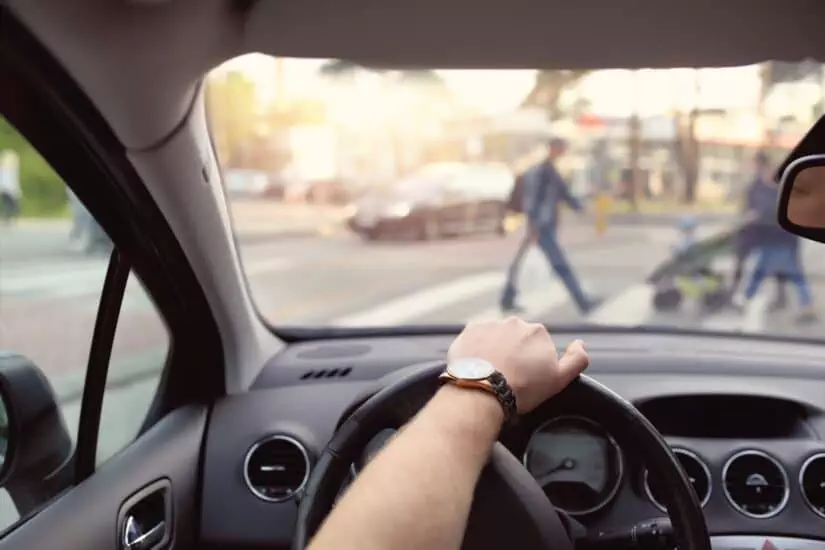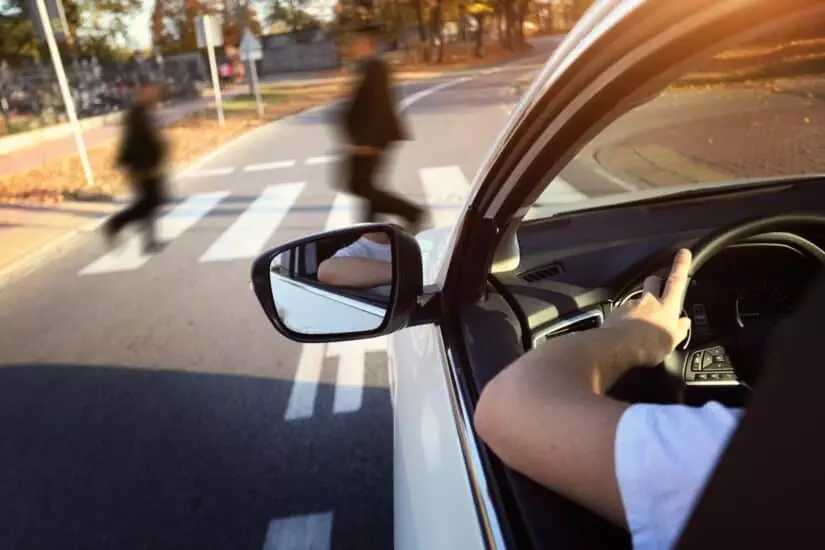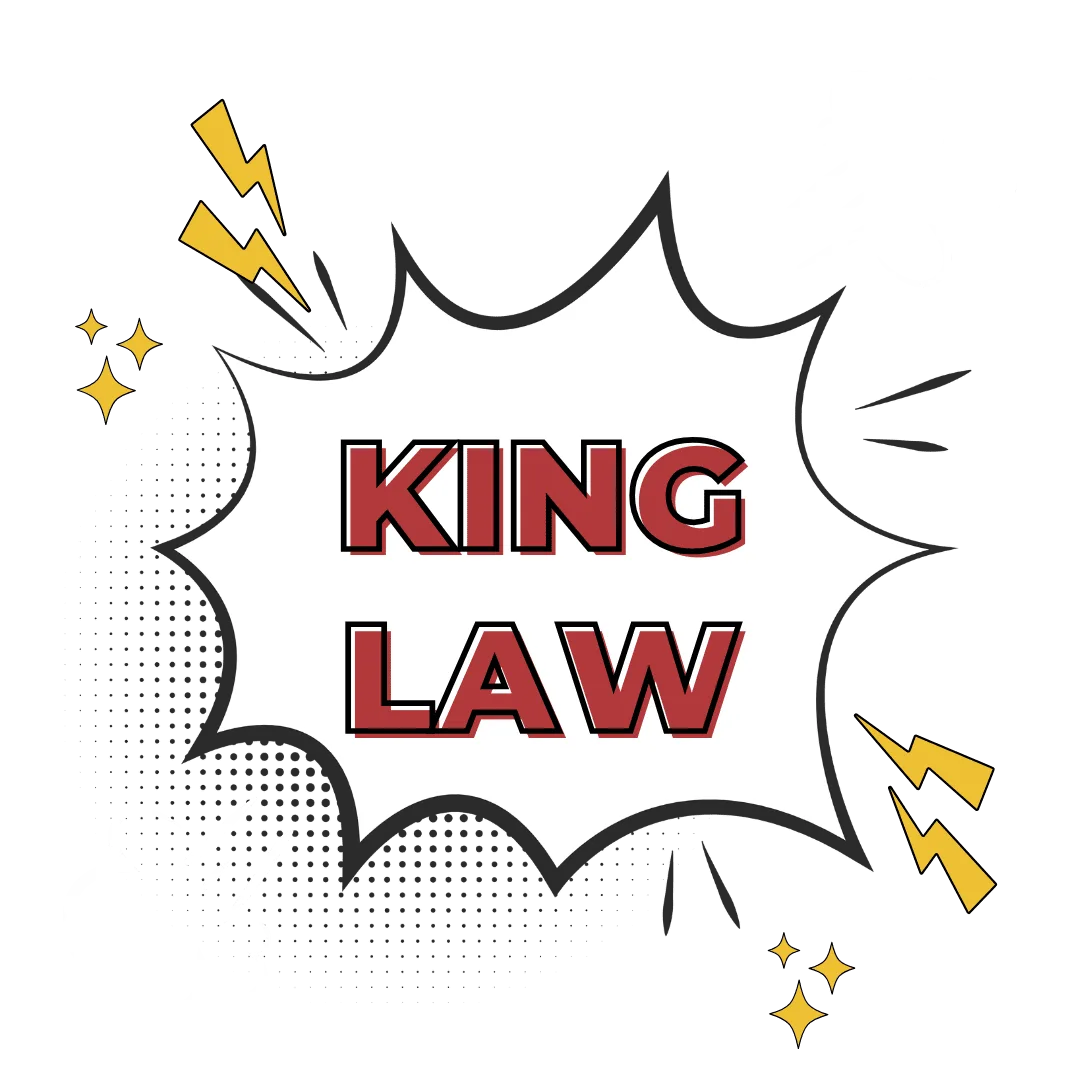Whether you get into a car accident and the other driver leaves the accident scene or you discover your parked vehicle is damaged in a parking lot, it can make your stomach sink. How can you exchange information with someone who has left you in the lurch?
Their obvious disregard for others doesn’t mean you need to suffer as an accident victim. Here’s what you should know about the hit-and-run offenses and what actions you could take if another driver left the scene.

What to Know About Hit and Run Accidents in California
There is a California Vehicle Code in place for hit-and-run accidents. The proper thing to do after an accident is to leave contact information on a parked car if no one is in the vehicle when the accident occurred. If the accident happens while both vehicles are driving, it is the duty of both drivers to stop.
This penal code is known as California Vehicle Code § 20002, which prohibits a person from leaving the scene following an accident without presenting identifying details about themselves to anyone else involved. It’s similar to California Vehicle Code section 20001, which is for felony hit and run.
Hit-and-runs can be either a misdemeanor or a felony. While Vehicle Code 20002 states these violations are misdemeanor crimes, there are still penalties imposed. These include a maximum sentence of no more than six months in county jail and a fine up to $1,000, which is much less severe than a felony hit-and-run charge.
Still, you can’t just damage someone else’s property. If you have been the victim of a hit-and-run crash, you should know that this code prohibits drivers from leaving the scene of an accident. In addition to this requirement, another driver may be found guilty if they do not identify themselves to you or the other drivers involved.
Here are 5 facts about California’s misdemeanor law for hit-and-run accidents.
1. Prosecutors Must Prove a Hit and Run Occurred
It’s frustrating when you are in an accident and another driver has left the scene. However, the Los Angeles County prosecutor can’t convict someone of a hit and run without being able to prove beyond a reasonable doubt that a criminal offense occurred.
The elements of a crime include having proof that the at-fault driver was in an accident while driving this vehicle. It also must be proven that the accident caused damage to your vehicle or property. Additionally, the prosecution must be able to show that the other person knew they were in an accident that caused damage and that they willfully failed to immediately stop after the accident.
2. The Other Driver May Prepare Legal Defenses
You may be delighted when the police find the person that caused the accident. However, they may have prepared a defense to avoid criminal charges for hit and run. Be prepared for the legal defenses they may try to use.
Lack of Knowledge
For the hit-and-run charges to stick, the prosecutor must prove the defendant knew they were involved in an accident that caused property damage for a misdemeanor conviction. They may say they didn’t realize they backed into your car or didn’t feel anything unusual.
They Weren’t the Driver
Another key element is that you need to show that this person was driving the vehicle. It’s not just what’s on the vehicle registration. They could argue that a friend or family member borrowed the car. They may even claim it was borrowed without their knowledge or stolen.
There Was No Damage to Your Vehicle
Under California Vehicle Code 20002, if the only damages were to the defendant’s vehicle and none were caused to yours, there is no criminal liability. You’ll have to prove you have damaged property, too.

3. There Are Penalties Imposed for Hit-and-Run Drivers
When someone is convicted of a hit and run that violates California Vehicle Code 20002, it is a misdemeanor crime. California misdemeanor hit-and-run crimes involve penalties that include up to six months in county jail plus a fine of up to $1,000.
Depending on the criminal history of the defendant, the judge may order three years of probation and require them to complete community service. For an accident resulting in damages, they will be required to pay you restitution. Additionally, a misdemeanor conviction for hit and run will earn them two points on their driver’s license for their California driving record.
In some instances, if it’s a first offense without alcohol involved, a civil compromise may be permitted by California Penal Code Section 1377. However, they would still be responsible for compensating you for your damages.
4. If There’s No Damage to Your Car, It’s Not a Crime
Since it’s not a crime to leave the scene of an accident that caused no injuries or damages to another car, you should make sure you get photos. If you came out to your damaged vehicle after dining at a restaurant or you were driving and someone hit your car and drove off, this step is important for proving the defendant is guilty of hit and run. Remember, it is the duty of the owners of all vehicles involved to exchange information and stop at the scene of an accident that causes damages or injuries.
5. The Hit and Run Driver Could Be Charged with Related Crimes
Taking photos and providing evidence to your lawyer can help you track down the hit-and-run driver. There may also be surveillance videos from nearby businesses that can help. In some cases, the California Highway Patrol or local police may be able to find the defendant. Then they will see that the defendant willfully failed to stop at the scene of the accident.
The defendant may have been drunk, speeding, driving without a license, or driving on a suspended license. All of these are examples of criminal charges that could be tacked onto this offense.
Call The King Law Firm for Help
At the King Law Firm, we serve the injured in Southern California. Our team can help you pursue your legal options to get the compensation you deserve. Contact us today to set up a free consultation at one of our locations and find out how to proceed in a hit-and-run car accident case.
